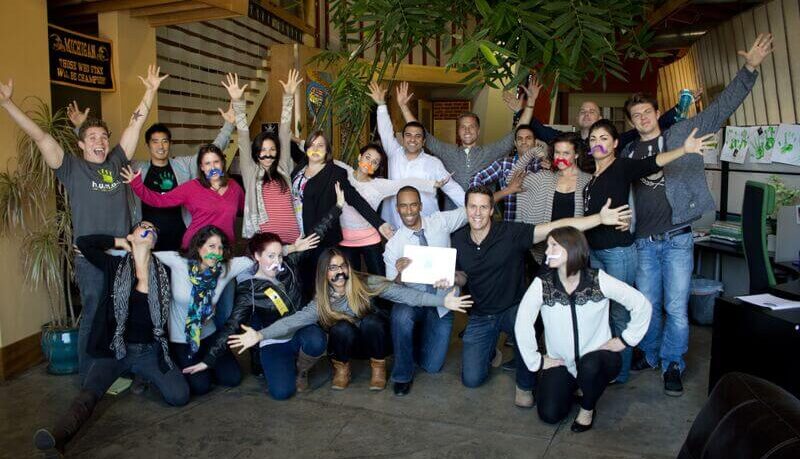
How to Begin Organizing a School Group Outing from the Ground Up
It can be both thrilling and a little intimidating to plan a school group outing, particularly if you’re beginning from scratch. The planning process necessitates organization and foresight to manage logistics, money, and student safety.
A well-planned trip may provide every student with an unforgettable and enriching experience, whether you’re organizing a week-long excursion overseas or a day trip to a nearby museum.
From the first steps to the last preparations, this book will take you step-by-step through the entire process of organizing educational excursions for students.
Describe the Trip’s Objective
Before you do anything else, be sure you understand why you are traveling. What do you hope the experience will teach the students?
Will it enhance a certain subject (art, science, or history)? Is the objective to promote leadership, teamwork, or cultural exposure? Learning objectives should be linked to educational trips to provide structure and support the trip’s justification to parents and School Group officials.
Support and financing are more likely to be given to trips that have a definite academic value, particularly when they are presented as curriculum-aligned educational excursions for kids.
Build a Committee for Planning
Don’t try it alone. To assist in allocating duties, put together a small group of educators, administrators, or parent volunteers. When choosing locations, determining budgets, and handling logistics, a committee facilitates decision-making and permits a range of viewpoints.
Assign positions like:
Coordinator of the trip (overall organizer)
Lead for communications (parent and student liaison)
Finance manager (in charge of payments and budgeting)
Safety officer (in charge of emergency preparation and health)
When managing big groups of kids on lengthy journeys, teamwork is extremely crucial.
Select an Appropriate Location
One of the most crucial aspects of planning is choosing the appropriate location.
Think about:
Value for education: Does the setting support your learning objectives?
Age-appropriateness: Will the location be interesting for the grade level in question?
Is it feasible for you to travel within your budget and time constraints?
Popular choices for student educational travels include:
Historical locations (ancient ruins, Boston, Washington, D.C.)
Planetariums or science museums
Language immersion in cultural cities or foreign locations
Make sure the destination offers reasonably priced lodging, secure transportation, and indoor activities to fall back on in the event of inclement weather if the vacation is more than a few days.
Make a Doable Budget
Setting a budget is crucial for participation and approval of the trip. After estimating the number of pupils roughly, break down the main expenses:
Transportation (local transfers, buses, and airplanes)
Meals and Accommodations
Guided tours or admission fees
Coverage
Contingency fees or emergency cash
Remember to account for guide gratuities, chaperone costs, and any fundraising initiatives. Families benefit from transparent budgeting, which also increases organizational trust.
Obtain Support and Approval
Submit the preliminary plan to the relevant board or school administrators after it has been outlined. Be ready to describe the safety precautions you’ll take and how the trip advances educational objectives.
To determine interest, contact parents as soon as possible. Answering questions and discussing the advantages of educational trips for students, such as experiential learning, cultural exposure, and personal development, can be accomplished by holding an informational meeting.
Join Forces with a Reliable Tour Operator
Think of collaborating with an educational travel agency if the trip entails long-distance travel, several days, or intricate logistics.
These groups focus on giving students informative tours and can provide:
Tailored itineraries
Ground-based assistance
Options for travel insurance
Prearranged lodging and meals
Management of risks and safety
By managing a large portion of the logistical labor, a trustworthy tour operator not only saves time but also lowers stress.
Make a thorough itinerary.
Create a precise, well-organized schedule after the destination has been decided. Learning, exploring, and relaxing should all be balanced on a well-planned trip. Make sure the timetable is suitable for the child’s age and flexible enough to accommodate last-minute adjustments.
Included in your itinerary should be:
Timetables for each day that include meeting locations and timings
Each activity’s educational goals
Maps and emergency contacts
Rest periods and mealtimes
enjoyable exercises that maintain pupils’ interest
Parents, students, and chaperones should be informed of the itinerary well in advance.
Your itinerary should contain the following: Daily schedules with meeting locations and times
The instructional objectives of each activity
Emergency contacts and maps
Activities that keep students interested throughout mealtimes and relaxation periods
The schedule should be communicated to parents, students, and chaperones well in advance.
Inquire about flexible cancellation policies and student discounts if you’re using charter buses or airline group reservations. Organize your travel paperwork, particularly when you’re going abroad.
Get students and chaperones ready.
Have pre-departure meetings in the weeks before the trip to discuss:
- Lists for packing
- Expectations for behavior
- Cultural customs (while traveling abroad)
- Learning objectives
- Procedures for emergencies
Students should be encouraged to do their homework so they may arrive excited and well-informed. To guarantee seamless coordination throughout the journey, chaperones should get training on their duties and responsibilities.
After the Trip, Follow Up
When you get home, the learning doesn’t end. Encourage students to write in journals or blogs about their experiences when the trip is ended.
Presentations in groups
Video or art projects:
To make future visits better, get input from the staff, parents, and students. Keep a record of what went well and what needs improvement; this will be very helpful when you take kids on your next educational tour.
Concluding remarks
Organizing a school group trip from the ground up may seem difficult, but with the correct planning, clear objectives, and assistance, it can turn into one of your students’ favorite experiences. Educational travel transforms classroom lessons into real-world experiences, broadens perspectives, and develops character.



